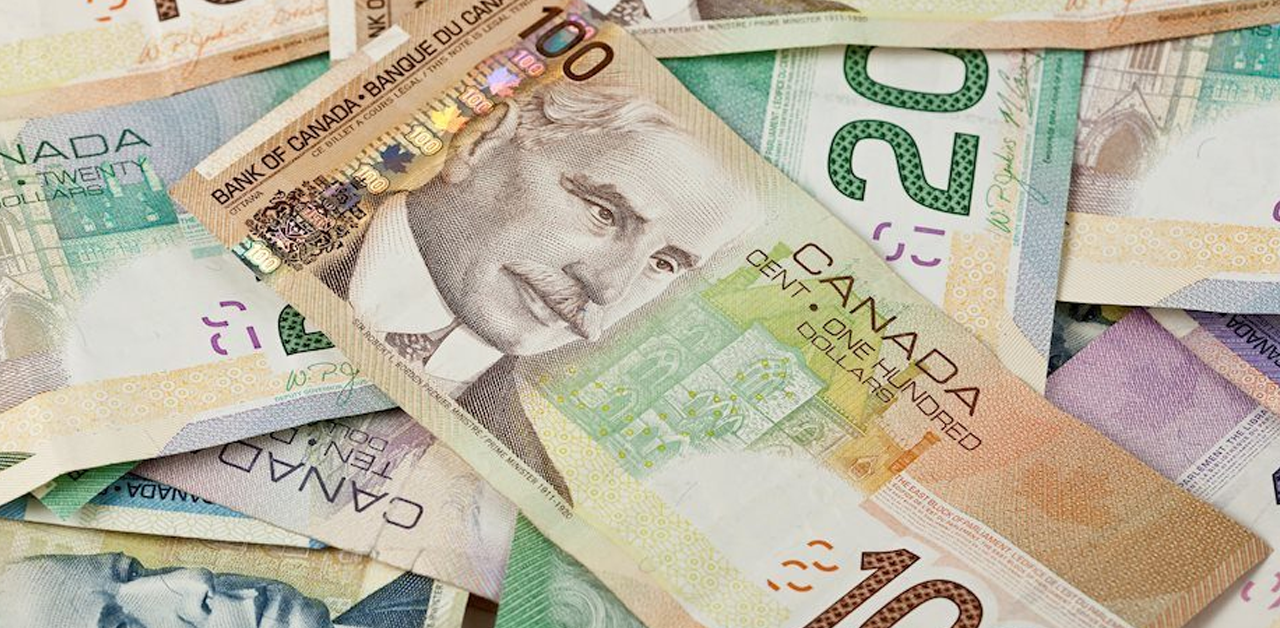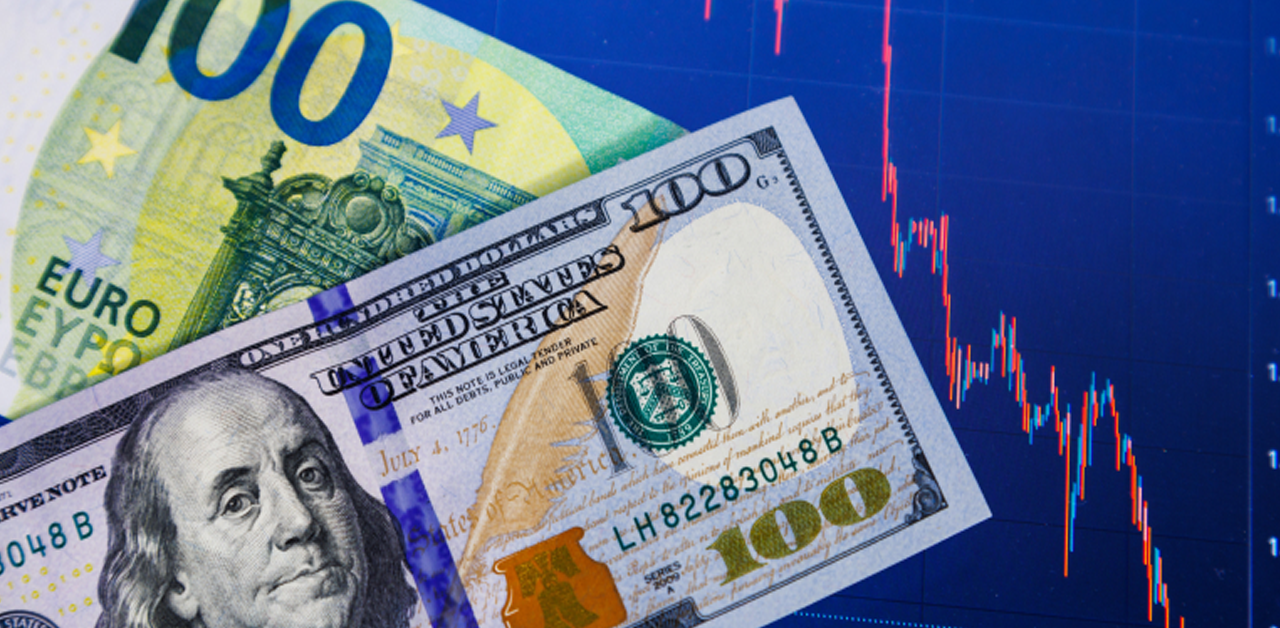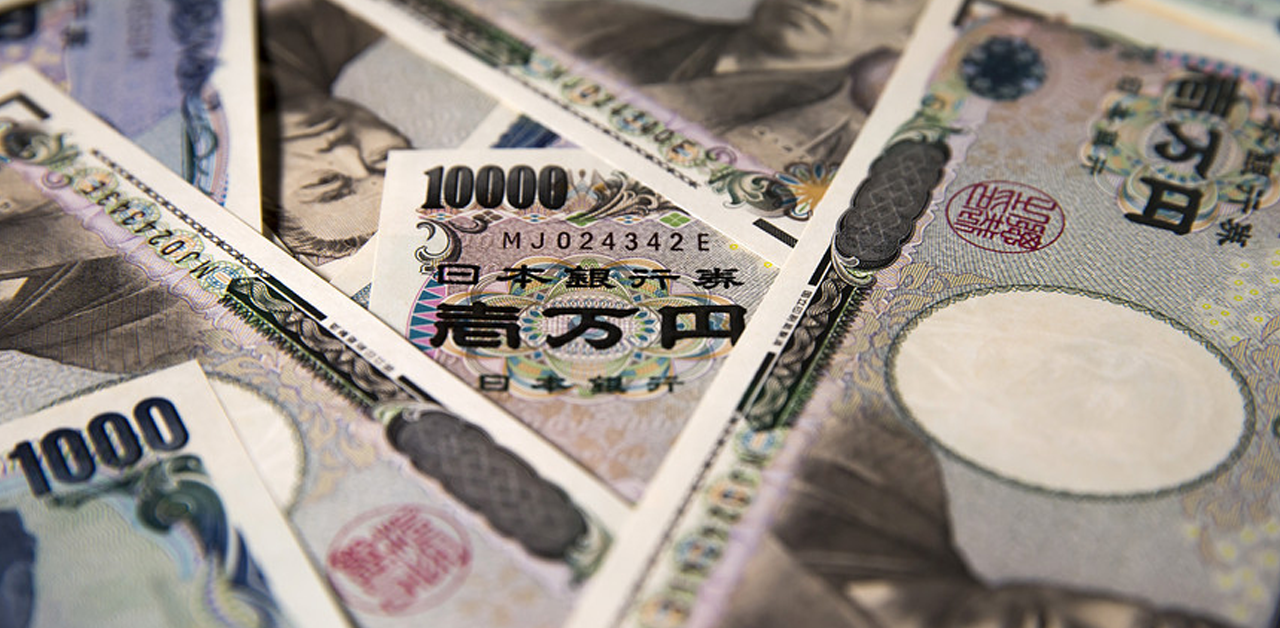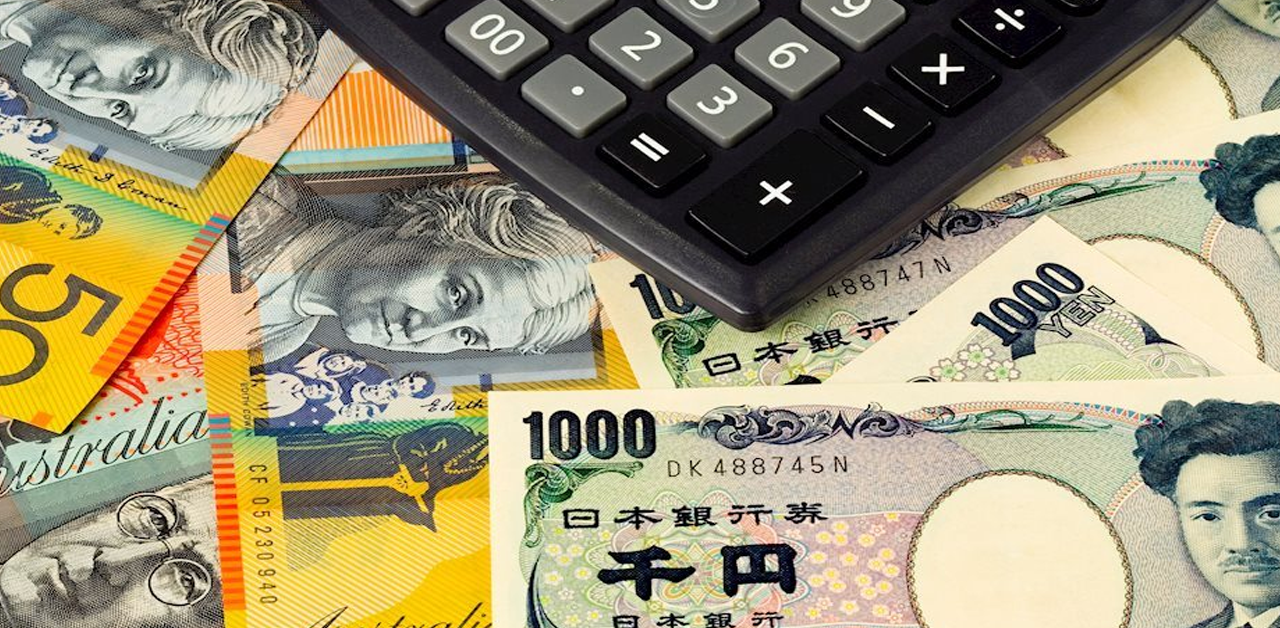Inflation hits 6% amid falling petrol prices and high-interest rates, despite sustained domestic inflation
Inflation in New Zealand dropped to an annual rate of 6% in the June quarter. This decline was largely driven by high interest rates affecting household budgets and a decrease in petrol prices. However, domestic inflation remains stubbornly high, despite these factors.
The consumer price index saw a minor rise of 1.1% between March and June, marking the smallest increase since the first quarter of 2021. Prices continue to rise at unprecedented rates unseen since the 1990s. However, the pace of growth has decelerated over recent quarters. The Reserve Bank of New Zealand foresaw this trend and decided to keep the Official Cash Rate (OCR) steady at 5.50%.
The global drop in oil prices, triggered by Russia’s invasion of Ukraine, led to decreased petrol prices at pumps, contributing to the lowering of headline inflation. However, these savings were counterbalanced by a significant surge in food prices, which increased by more than 12% over the past year. Adverse weather conditions in the North Island escalated the cost of fresh produce by 21% YoY, while grocery and restaurant costs also rose.
Housing, being the largest category in the consumer price index, was the second major contributor to headline inflation. Rent rose by 4.2% and construction costs escalated by 7.8% annually. Concurrently, the cost of constructing a new home skyrocketed by over a third in the past three years, despite a nearly 16% fall in house prices from their peak.
While international hotel room prices are on the rise, international airfares dropped by 11.9%, beginning to revert to pre-Covid prices. This reduction in headline inflation is partially due to the Ukraine-related price shocks, such as petrol prices, being excluded from the annual calculation.
Despite the central bank’s relief at the receding headline inflation, domestic price increases persist. Annual non-tradable inflation remained at a record 6.8% in the March quarter, finally decreasing to 6.6% in the June quarter. This indicates that domestic inflation may have also reached its peak.
The RBNZ, in its monetary policy review last week, projected core inflation to decline as capacity constraints eased. However, they did not provide a specific timeline for this. Inflation has been falling globally, with the US annual rate dropping to 3% in May and Australia’s annual rate falling to 5.6% in May.
Despite these encouraging signs, the next quarter is likely to witness additional inflation pressure as government fuel tax cuts and public transport subsidies ended on July 1. Cyclones and flooding are expected to impact the economy in the next quarter. Despite these challenges, financial markets and some economists forecast that the Reserve Bank will raise the OCR by another 25 basis points before the end of the year.











